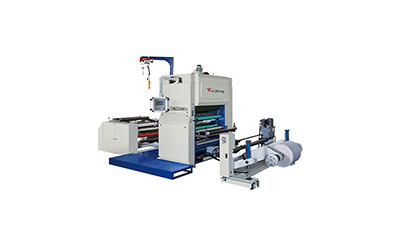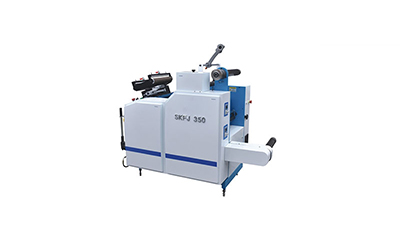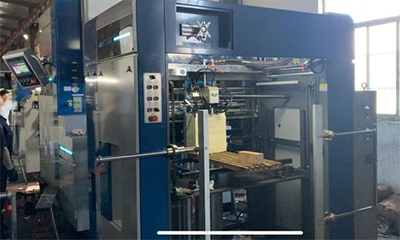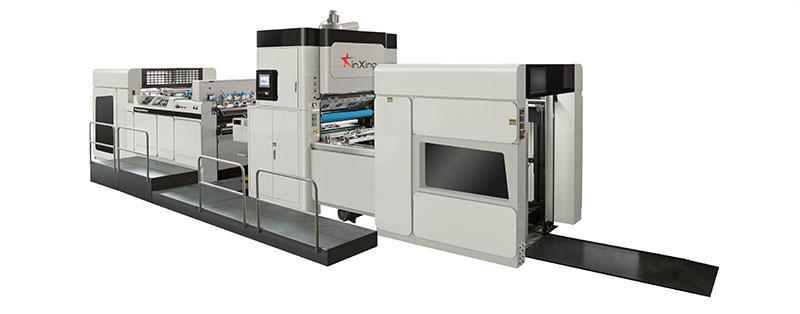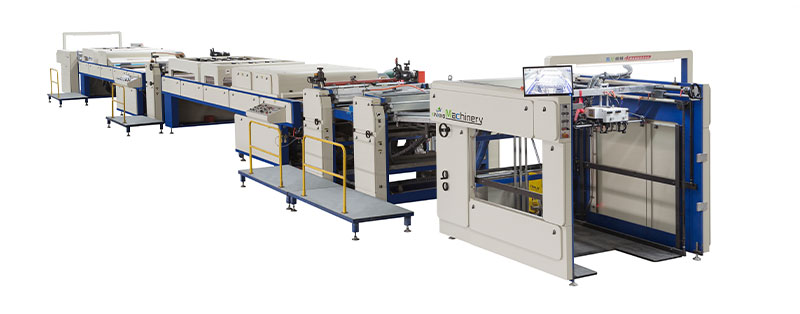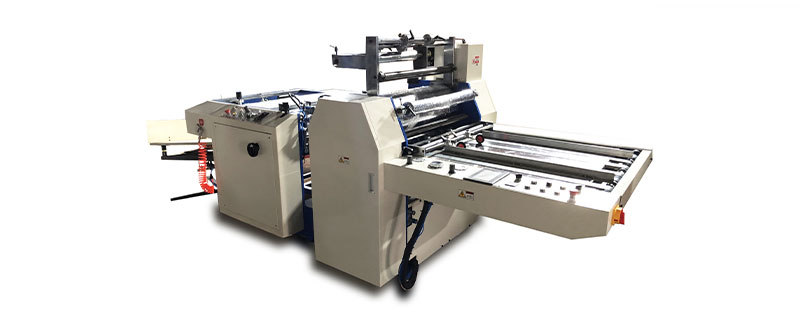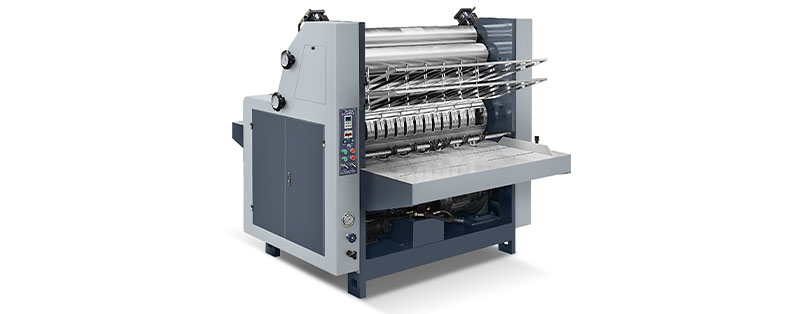In modern industrial production, roll laminating machines play an important role and are widely used in numerous fields such as packaging, printing, and electronics. Their stability is directly related to production efficiency, product quality, and the economic benefits of enterprises. A stable and reliable roll laminating machine can continuously and efficiently complete the laminating tasks, reduce failures and downtime during the production process, and provide a solid guarantee for the production and operation of enterprises. Therefore, it is of great significance to conduct an in-depth exploration of the stability of roll laminating machines.
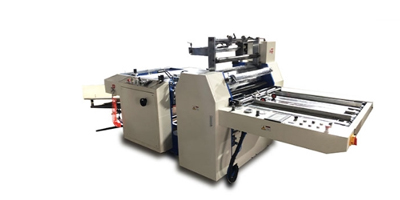
I. Stability of Mechanical Structures
(I) Frame and Transmission Components
The frame of a roll laminating machine is the basic supporting structure of the entire equipment, and the design and manufacturing quality of it have a significant impact on stability. The frame made of high-strength steel can withstand various stresses and vibrations during the laminating process and effectively prevent the equipment from deforming. For example, a frame that has undergone precise welding and reinforcement treatment can maintain good rigidity during long-term operation. The precision and quality of transmission components such as motors, gears, and chains are also crucial. High-precision motors can stably output power and reduce fluctuations in rotational speed. High-quality gears and chains have good meshing characteristics, high transmission efficiency, and little wear, which can ensure that the rolls are transported at a uniform and stable speed during the laminating process, avoiding laminating quality problems caused by uneven speed.
(II) Roll Unwinding and Rewinding Systems
The unwinding system is responsible for orderly releasing the rolls to be laminated, and its stability is reflected in the accuracy of tension control. Advanced unwinding systems are equipped with tension sensors and automatic adjustment devices, which can monitor and adjust the tension of the rolls in real time, so that the rolls can always maintain an appropriate tension level throughout the laminating process. For example, when the diameter of the roll gradually decreases, the system can automatically increase the tension to prevent the roll from slackening. The rewinding system is required to ensure that the laminated rolls are wound neatly and tightly. A stable rewinding system can achieve uniform winding of the rolls through precise motor control and guiding devices, avoiding phenomena such as roll deviation and wrinkling, thereby improving the overall quality and appearance consistency of the products.
II. Stability of Electrical Control Systems
(I) Control Circuits and Components
The rationality of the control circuit design and the quality of electronic components of roll laminating machines are directly related to stability. Adopting advanced circuit design concepts, such as modular design, can improve the reliability and maintainability of the circuits. High-quality electronic components, such as controllers and drivers of well-known brands, have good anti-interference ability and durability. For example, in an industrial environment with strong electromagnetic interference, high-quality controllers can operate stably and accurately control various parameters of the laminating machine, such as temperature, pressure, and speed, ensuring the accuracy and stability of the laminating process.
(II) Automation and Intelligent Control Functions
Modern roll laminating machines often have automation and intelligent control functions, and the stability of these functions is crucial to the overall performance of the equipment. For example, the automatic detection and alarm system can monitor the running status of the equipment in real time. Once an abnormality occurs, such as roll breakage, excessive temperature, or abnormal pressure, it can quickly issue an alarm and take corresponding protective measures to prevent the failure from further expanding. The intelligent parameter self-adjustment function can automatically optimize the operating parameters of the equipment according to different roll materials and laminating requirements, improving production efficiency while maintaining the stability of the laminating quality. However, the software algorithms and data processing capabilities of these functions need to be fully tested and optimized to avoid equipment instability caused by program loopholes or misjudgments.
III. Stability of the Laminating Process
(I) Temperature and Pressure Control
In the laminating process, temperature and pressure are key parameters. A stable roll laminating machine can accurately control the temperature of the heating roller and the pressure of the pressure roller. For example, by using high-precision temperature sensors and pressure sensors combined with advanced PID control algorithms, the temperature fluctuation of the heating roller can be controlled within a very small range, ensuring that the glue cures quickly at an appropriate temperature to form a firm laminated layer. The stable pressure of the pressure roller ensures the close bonding between the roll and the laminating material, avoiding quality defects such as bubbles and delamination, thus realizing the stable progress of the laminating process.
(II) Uniformity of Glue Coating
The uniformity of glue coating directly affects the laminating quality and stability. High-quality roll laminating machines are equipped with advanced glue coating systems, such as high-precision coating rollers or spraying devices, which can evenly coat the glue on the surface of the rolls. Through precise flow control and the adjustment of the rotation speed of the coating roller, the coating amount of the glue can be kept consistent. Whether it is the edge or the center of the roll, a uniform glue layer can be obtained. This not only improves the firmness of the lamination but also reduces the appearance flaws caused by uneven glue coating, enabling the quality of each batch of laminated products to remain stable.
In conclusion, the stability of roll laminating machines is a comprehensive indicator involving multiple factors such as mechanical structures, electrical control systems, and the laminating process. Only by careful design, strict manufacturing, and scientific management in these aspects can we ensure that roll laminating machines remain stable and reliable during long-term production operations and create greater value for enterprises.


